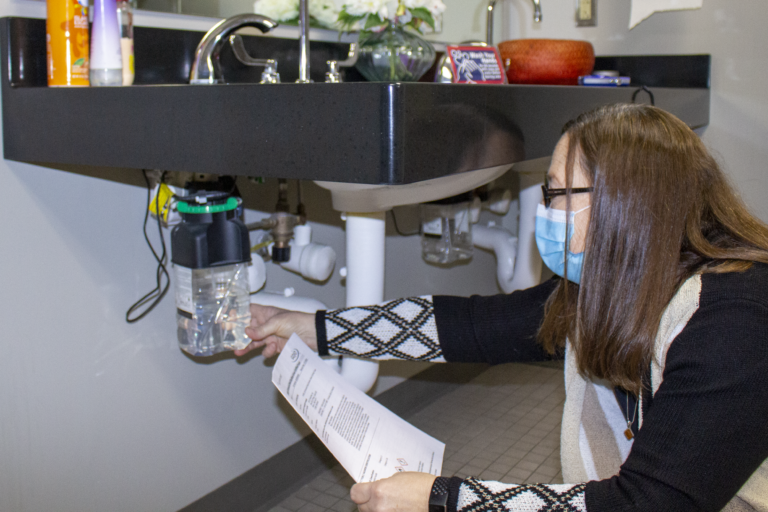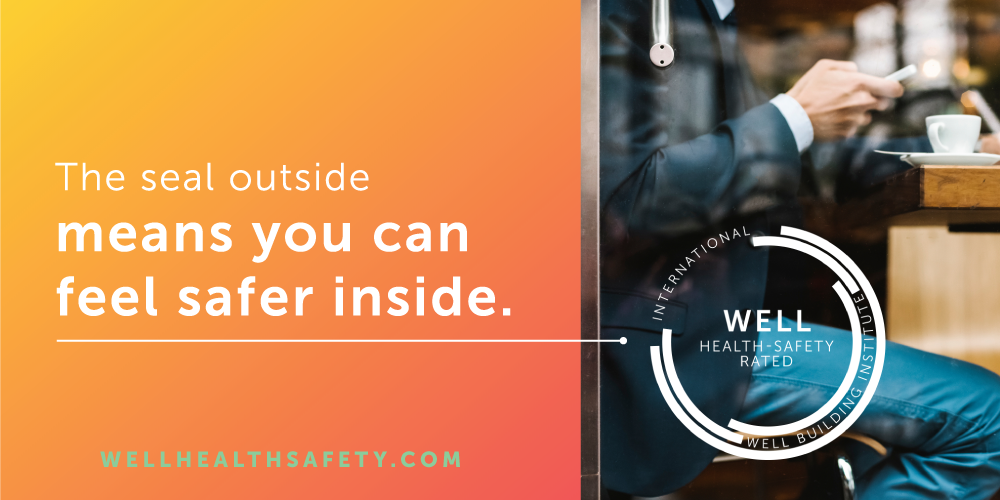WELL Health-Safety Rating Certification
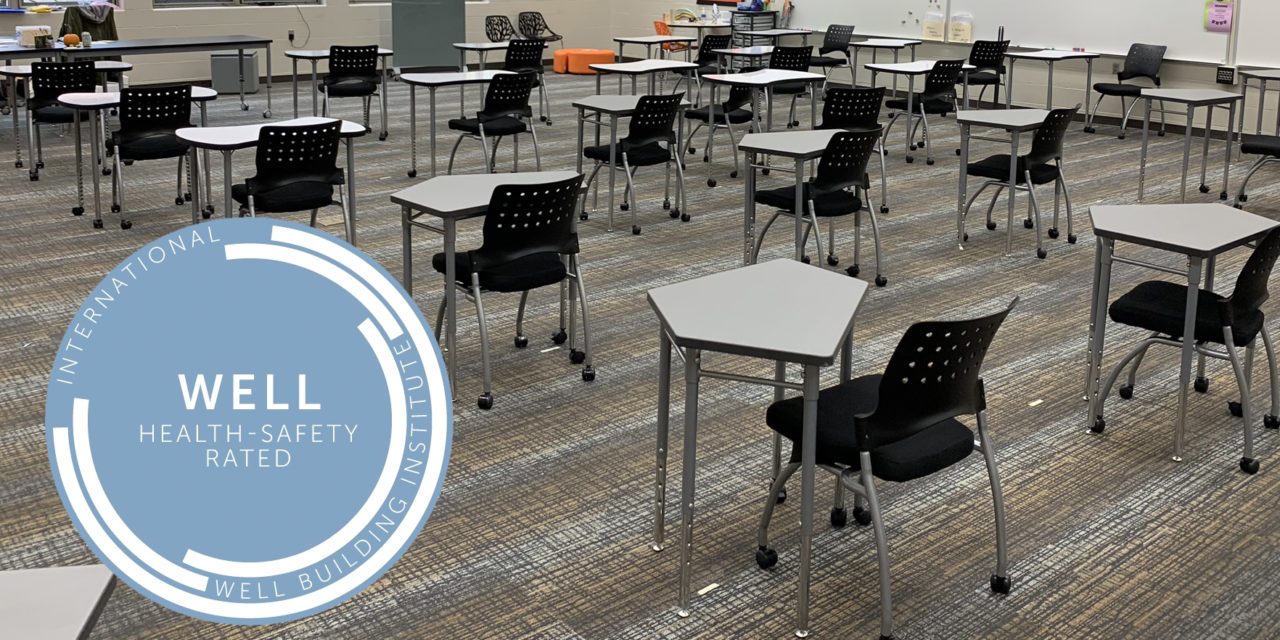
Achieving the WELL Health-Safety Rating demonstrates that quality measures have been taken to promote the wellbeing of all occupants. LJB’s team can guide your organization through the program development and certification process.
WELL Health-Safety Rating is:
- Third-party verified
- Based on evidence
- Nationally recognized
- Developed by 600 experts
- Establishes a baseline
- Achieves long-term organizational resiliency
- Addresses COVID-19 and future health & safety challenges
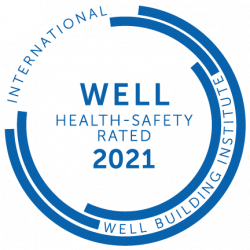
LJB’s OEH team works with your organization to:
- Conduct assessments of facilities, operations, and building systems
- Develop policies, emergency plans, and facility maintenance & operations protocols
- Compose professional narratives and implementation plans
- Document certification requirements and address gaps
- Manage submittal to IWBI for third-party verification
Who is getting certified?
K-12
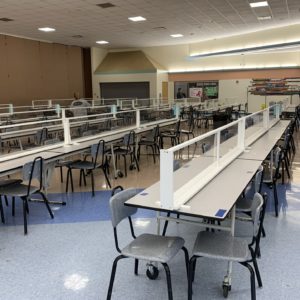
- Rittman Exempted Village Schools
- Orrville City School District
- Upper St. Clair City School District
- Southeast Local Schools
- Fairfax County Public Schools
- Hawken School
- Mayfield Junior School
- Chartiers Valley School District
Corporate

- LJB Inc.
- CBRE
- JPMorgan Chase & Co
- Life Time Fitness
- Empire State Realty Trust
- Quicken Loans Arena (Cleveland Cavaliers)
- Yankee Stadium (New York Yankees)
- AT&T Stadium (Dallas Cowboys)
Public Agencies

- National Institutes of Environmental Health Sciences (NIH)
- Parkland College
- University of Florida Student Health Care Center
- Children’s Museum of Cleveland
Benefits of WELL HSR Certification
The health and safety of an organization is influenced by a wide range of concerns: indoor air quality, cleaning and sanitizing ingredients, water quality, remote work when ill policies, access to health resources, etc.
- Demonstrates quality measures have been taken to promote the wellbeing of occupants
- Institutes maintenance protocols – establishing extent, frequency, and responsibility of critical activities that influence environmental conditions
- Formalizes emergency plans which fortify the resilience of the organization’s mission
- Restricts use of hazardous or harmful ingredients in cleaning, disinfection, and sanitization products
- Prepares your organization for future health and safety threats
- Reinforces your organization’s commitment to well-being
